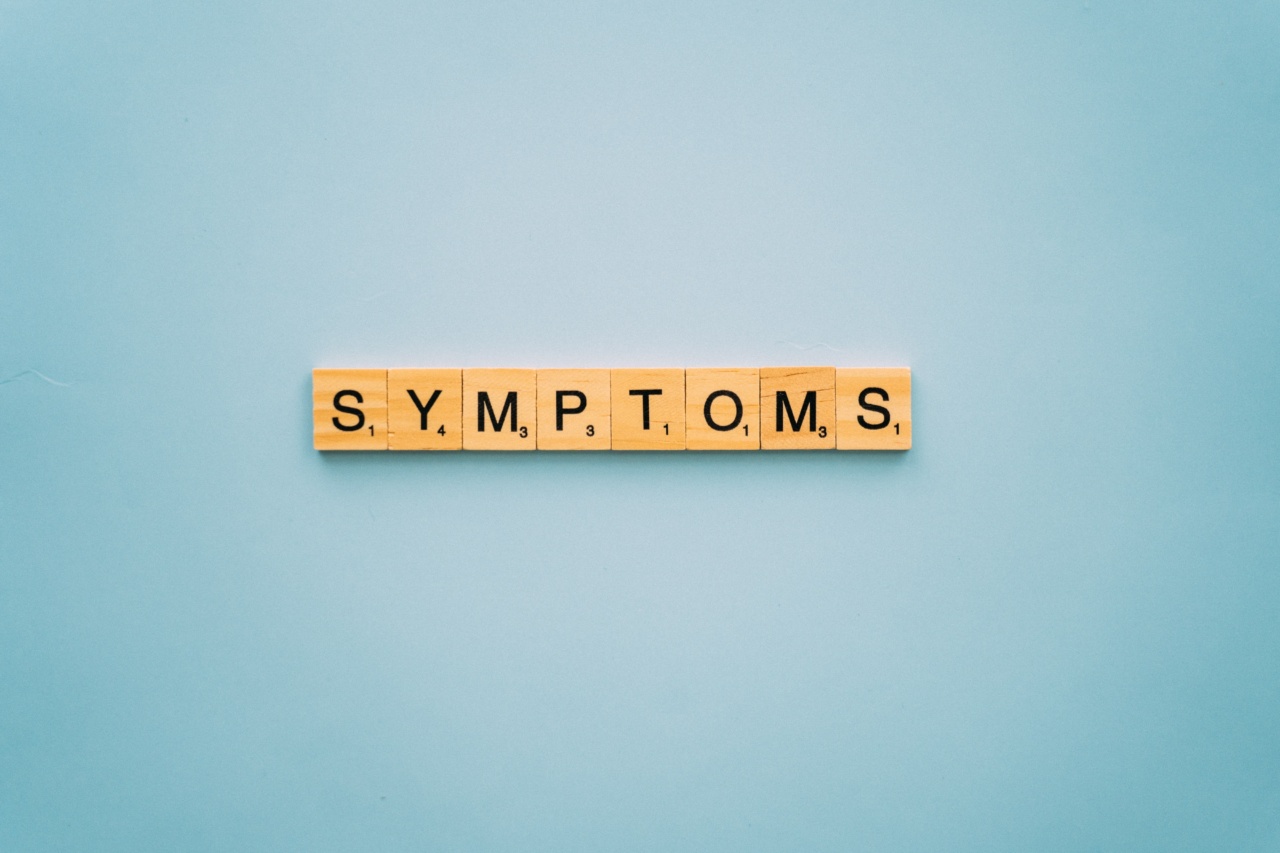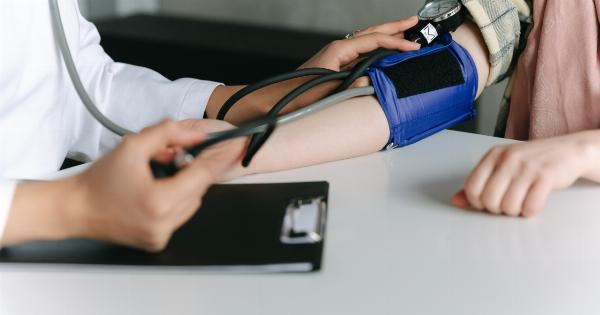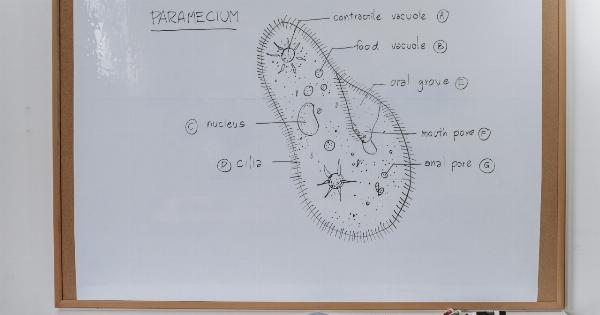Anemia is a common blood disorder that affects people of all ages. In this condition, the body does not have enough red blood cells, which are responsible for carrying oxygen from the lungs to the rest of the body.
Anemia can be caused by a variety of factors, such as iron deficiency, vitamin B12 deficiency, chronic disease, certain medications, and even genetics. It is important to recognize the signs and symptoms of anemia so that it can be diagnosed and treated early. In this article, we will discuss the key signs and symptoms of anemia.
1. Fatigue and weakness
Fatigue and weakness are the hallmark symptoms of anemia. When the body does not have enough red blood cells, it becomes harder to deliver oxygen to the tissues and cells. As a result, the body may feel tired, weak, and sluggish.
People with anemia may find it difficult to perform their daily activities, such as walking up the stairs or carrying groceries. In severe cases, they may even feel short of breath or develop chest pain.
2. Pale skin
Pale skin is another common symptom of anemia. When the body does not have enough red blood cells, the skin may appear pale or white. This is because red blood cells contain hemoglobin, which gives blood its characteristic red color.
Without enough hemoglobin, the blood may appear pale or even transparent.
3. Shortness of breath
Shortness of breath is a symptom that can occur in people with severe anemia. When the body does not have enough red blood cells, oxygen cannot be delivered to the tissues and cells.
This can result in shortness of breath or difficulty breathing, especially during physical activity or exertion. In severe cases, shortness of breath may occur even at rest.
4. Dizziness or lightheadedness
Dizziness or lightheadedness are common symptoms of anemia. When the body does not have enough red blood cells, it can affect blood pressure and circulation.
This can cause dizziness or lightheadedness, especially when standing up suddenly or changing positions quickly. In severe cases, people with anemia may even faint.
5. Cold hands and feet
Cold hands and feet are another symptom of anemia. When the body does not have enough red blood cells, it can affect blood flow to the extremities. This can cause the hands and feet to feel cold or numb.
People with anemia may also experience tingling or a pins-and-needles sensation in their hands and feet.
6. Irregular heartbeat
Irregular heartbeat is another symptom of anemia. When the body does not have enough red blood cells, it can cause the heart to work harder to deliver oxygen to the rest of the body. This can lead to an irregular heartbeat or heart palpitations.
People with anemia may feel their heart racing or skipping a beat.
7. Headaches
Headaches are a common symptom of anemia. When the body does not have enough red blood cells, it can cause blood vessels in the brain to dilate, which can lead to headaches.
People with anemia may experience mild to severe headaches, especially if the anemia is severe.
8. Chest pain
Chest pain is a symptom that can occur in people with severe anemia. When the body does not have enough red blood cells, it can cause the heart to work harder to deliver oxygen to the rest of the body.
This can lead to chest pain or angina, especially during physical activity or exertion. In severe cases, chest pain may occur even at rest and may be a sign of a heart attack.
9. Restless legs syndrome
Restless legs syndrome is a condition that can occur in people with anemia. When the body does not have enough red blood cells, it can affect the nervous system and lead to restless legs syndrome.
People with anemia may experience an irresistible urge to move their legs, especially at night. This can be uncomfortable and may disrupt sleep.
10. Pica
Pica is a rare symptom that can occur in people with anemia. It is an unusual craving for non-food items, such as dirt, clay, or ice. Some people with anemia may develop pica as a result of a deficiency in certain nutrients, such as iron or zinc.
Pica can be dangerous if it involves eating toxic substances, such as lead paint or battery acid.
Conclusion
Anemia is a common blood disorder that can have a range of signs and symptoms.
In this article, we have discussed the 10 key signs and symptoms of anemia, including fatigue, weakness, pale skin, shortness of breath, dizziness, cold hands and feet, irregular heartbeat, headaches, chest pain, restless legs syndrome, and pica. If you are experiencing any of these symptoms, it is important to talk to your doctor. Anemia can be diagnosed with a simple blood test, and treatment may involve changes to your diet, medication, or blood transfusions.




























